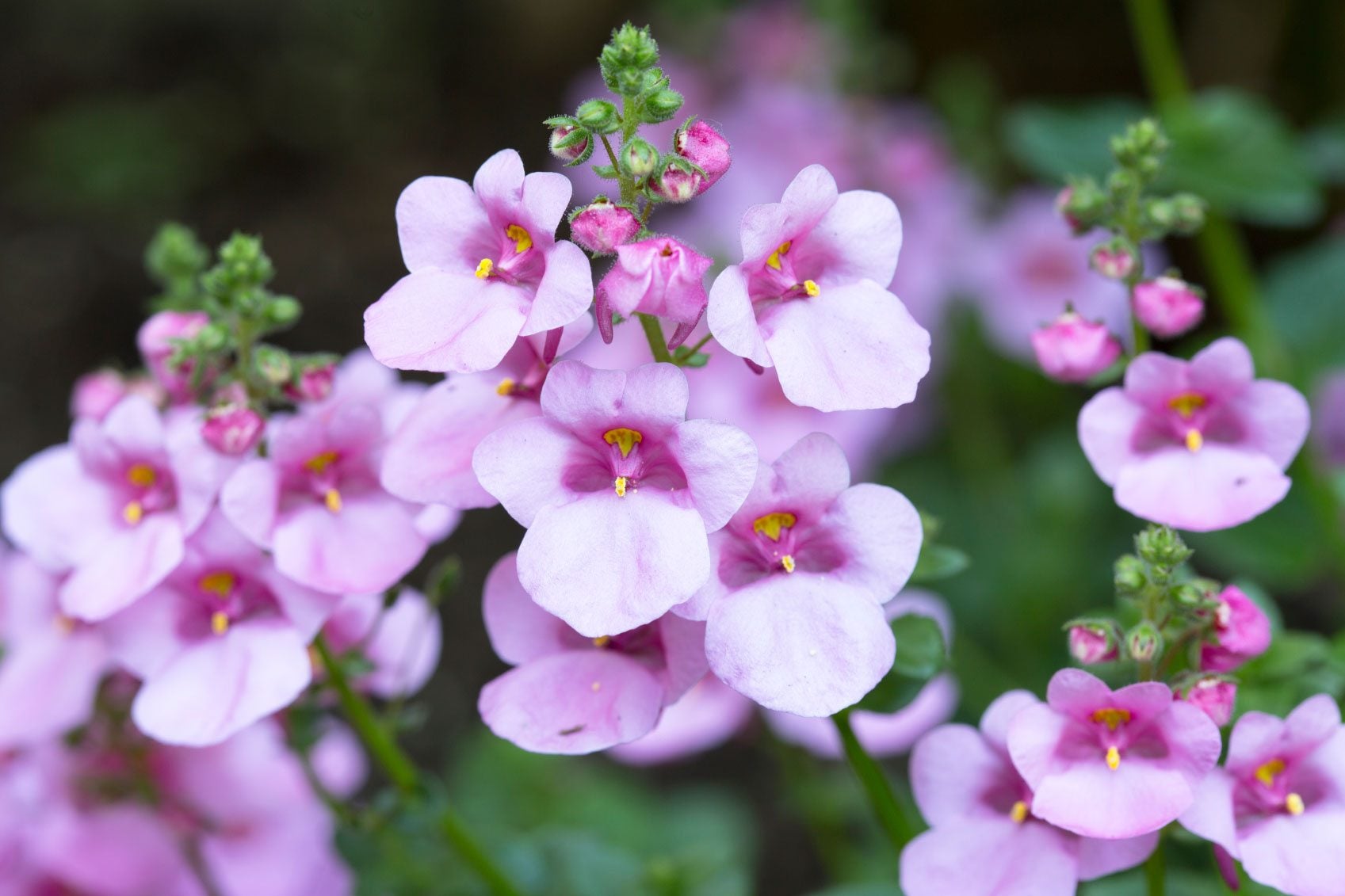Care Of Twinspur Diascia: Tips For Growing Twinspur Flowers


Adding Twinspur to the garden not only provides color and interest, but this lovely little plant is great for attracting useful pollinators to the area. Keep reading for information on growing Twinspur flowers.
Twinspur Plant Info
What is twinspur? Twinspur (Diascia), sometimes known as Barber's Diascia, is a sprawling annual that adds beauty and color to beds, borders, rock gardens, and containers. The plant is appropriately named for a pair of spurs on the back of each bloom. These spurs have an important function-- they contain a substance that attracts beneficial bees. Bright green, heart-shaped leaves provide contrast to the delicate, spiky blooms that come in various shades of mauve, pink, rose, coral, and white each with a contrasting yellow throat. Native to South Africa, Twinspur reaches heights of 6 to 8 inches (15-20 cm.) with a 2 foot (61 cm.) spread, making this plant a useful groundcover. Although the plant tolerates light frost, it won't survive intense summer heat. Diascia Twinspur is a cousin to the common snapdragon. Although it is usually grown as an annual, Diascia is perennial in warm climates.
How to Grow Twinspur Diascia
Twinspur Diascia generally performs best in full sunlight, but benefits from afternoon shade in hot climates. Soil should be well-drained, moist, and fertile. To plant Twinspur, cultivate the soil and add a shovelful of compost or manure, then plant seeds directly in the garden when the temperature is consistently above 65 degrees F. (18 C.). Press the seeds into the soil, but don't cover them because germination requires exposure to sunlight. Keep the soil lightly moist until the seeds sprout, usually in two to three weeks.
Care of Twinspur Diascia
Once established, Twinspur needs regular water during dry periods, but don't water to the point of sogginess. Water deeply, then withhold water until the soil once again feels dry. Regular feeding with a standard garden fertilizer supports blooming. Be sure to water the fertilizer in to prevent burning the roots. Trim spent flowers to produce more blooms and cut the plant back to about 4 inches (10 cm.) when blooming stops in summer heat. The plant may surprise you with another flush of blooms when the weather cools in autumn. Twinspur is relatively pest-tolerant but keep an eye out for snails and slugs.
Sign up for the Gardening Know How newsletter today and receive a free copy of our e-book "How to Grow Delicious Tomatoes".

A Credentialed Garden Writer, Mary H. Dyer was with Gardening Know How in the very beginning, publishing articles as early as 2007.